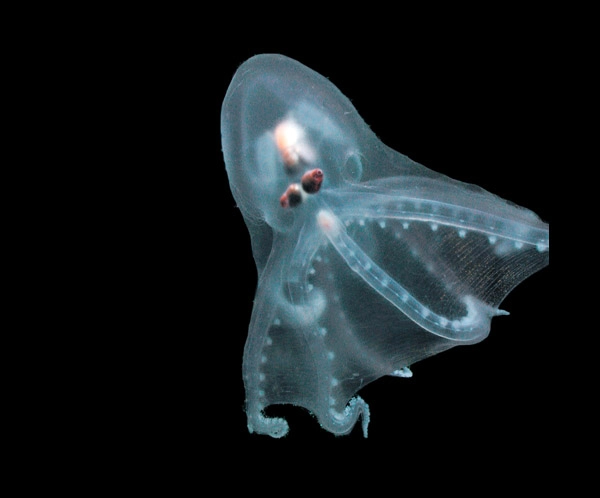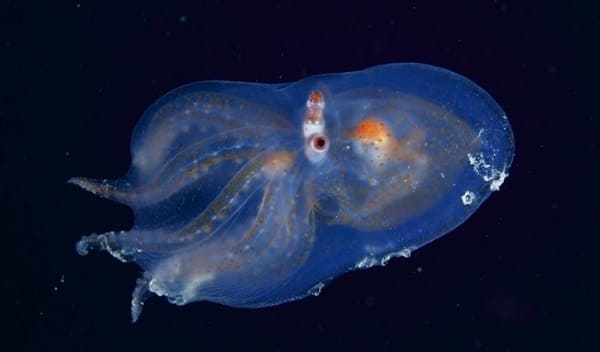Telescope Octopus: Unveiling the Mystery beneath the Ocean Depths

Deep beneath the ocean’s surface lies a world full of mysteries and wonders waiting to be discovered. Amongst the unique and fascinating creatures found there, one species that stands out is the Telescope Octopus, also known as the Glass Octopus. With its diverse shapes and behaviors, this octopus has captured the attention of scientists and marine enthusiasts worldwide.
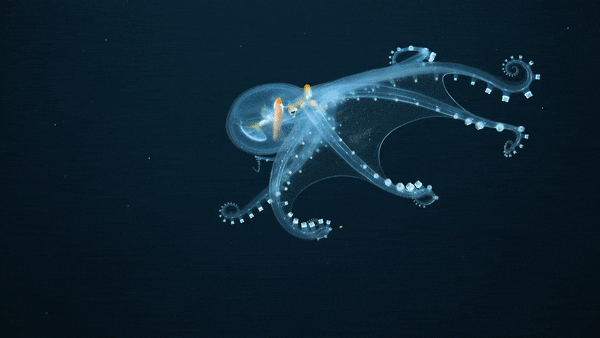
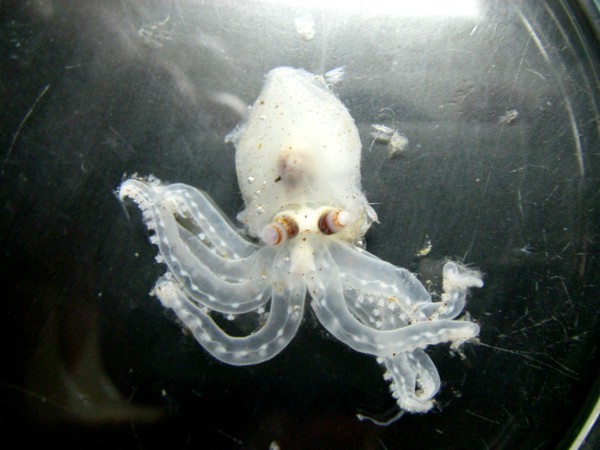 The Telescope Octopus can adjust the colors and patterns on its body to blend in with its surroundings. It uses contrasting white and black markings to create telescope-like images, making it a part of the environment and avoiding attention from potential predators. This also serves as an excellent defense mechanism to evade potential threats.
The Telescope Octopus can adjust the colors and patterns on its body to blend in with its surroundings. It uses contrasting white and black markings to create telescope-like images, making it a part of the environment and avoiding attention from potential predators. This also serves as an excellent defense mechanism to evade potential threats. 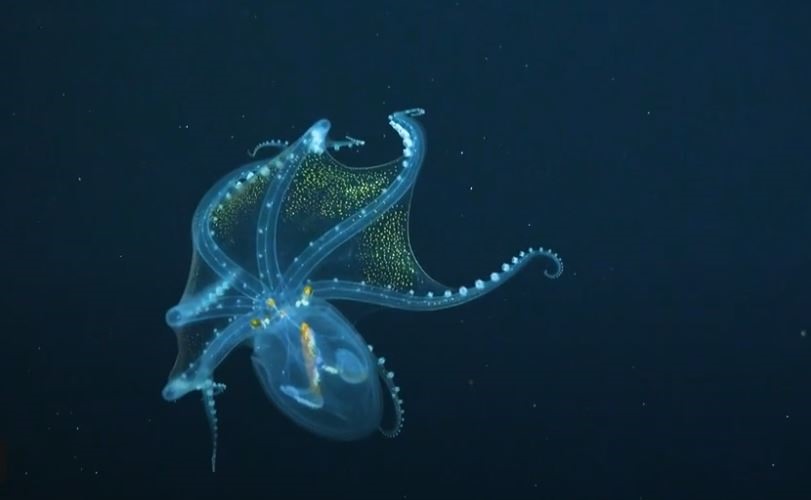 Physically, the Telescope Octopus has a compact body, typically measuring only about 20-30 cm in length. It possesses eight arms, each equipped with thousands of small structures called cirri, which aid in movement and prey detection.
Physically, the Telescope Octopus has a compact body, typically measuring only about 20-30 cm in length. It possesses eight arms, each equipped with thousands of small structures called cirri, which aid in movement and prey detection.
The behavior and lifestyle of the Telescope Octopus remain relatively unknown due to the challenges of studying these elusive creatures in their deep-sea habitat. However, scientists have observed that they are likely solitary animals, venturing out in search of food during the night. Their diet primarily consists of small crustaceans and other marine invertebrates.
The reproductive habits of the Telescope Octopus also hold a level of intrigue. Males have specialized mating arms that are modified from the third right arm. They use these arms to transfer packets of sperm called spermatophores to the female’s body, ensuring successful fertilization.
